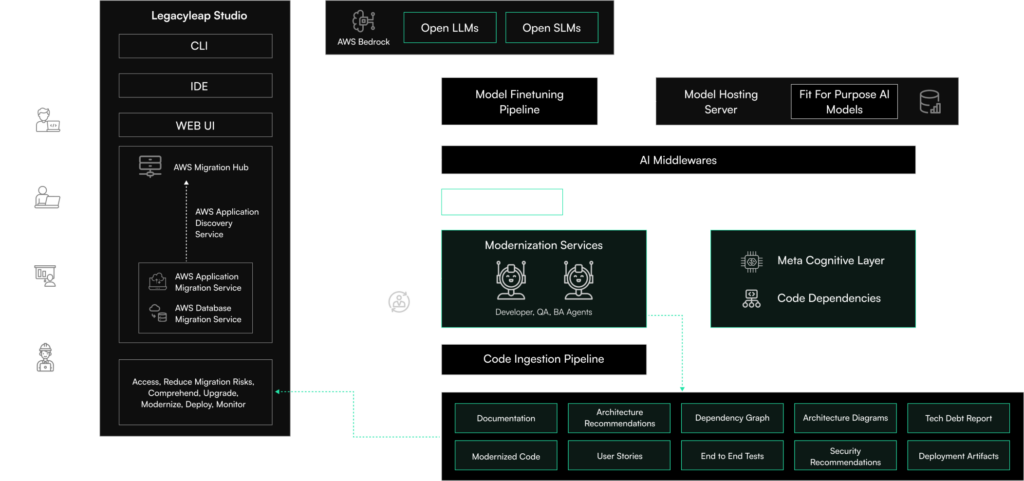About the client:
Our client is a prominent US-based healthtech company, recognized for providing cutting-edge healthcare solutions. Their systems are crucial for ensuring smooth healthcare operations, necessitating high availability and a modernized user interface.
They were operating with an outdated UI framework that significantly hindered both user experience and operational efficiency. They needed a modern solution that could improve scalability and system performance while ensuring minimal downtime.
Benefits Overview:

Reduced system downtime

Enhanced user experience

Improved scalability & performance
Challenge:
The client’s system consisted of over 300 JSP screens and 5000+ Struts forms. The UI was slow, not user-friendly, and difficult to maintain, resulting in frequent downtime that impacted healthcare operations.
Additionally, the aging UI framework made it increasingly challenging to implement new features or scale the system in response to growing demand, further hindering operational efficiency.
Solution Architecture:
Legacyleap orchestrated the transformation using a combination of advanced GenAI models and AWS services to modernize the client’s outdated UI.
The project involved converting 300+ JSP screens and 5000+ Struts forms into a modern Angular-based framework. Gen AI was employed to analyze and translate intricate front-end logic while preserving functionality.
AWS services played a pivotal role in the modernization effort. Amazon Bedrock’s Gen AI capabilities facilitated the conversion of legacy components, while Amazon Neptune managed the relationships between UI elements, ensuring smooth transitions. Deployment strategies utilizing Amazon EKS for containerized applications and AWS Lambda for serverless execution ensured scalable, high-performance system operations.
Legacyleap’s tailored architecture not only addressed the immediate challenges of modernization but also laid the groundwork for improved scalability, enhanced UX, and simplified future upgrades.
High-level Architecture Diagram:

Results:

Reduced System Downtime:
The Angular transition minimized downtime, ensuring continuous healthcare service availability.

Enhanced User Experience:
Modernizing 300+ screens and 5000+ forms improved staff productivity and system usability.

Improved Scalability & Performance:
The new system handled increased loads efficiently, enhancing scalability and speed.

Simplified UI Maintenance:
The modernization reduced maintenance complexity, enabling quicker UI updates.